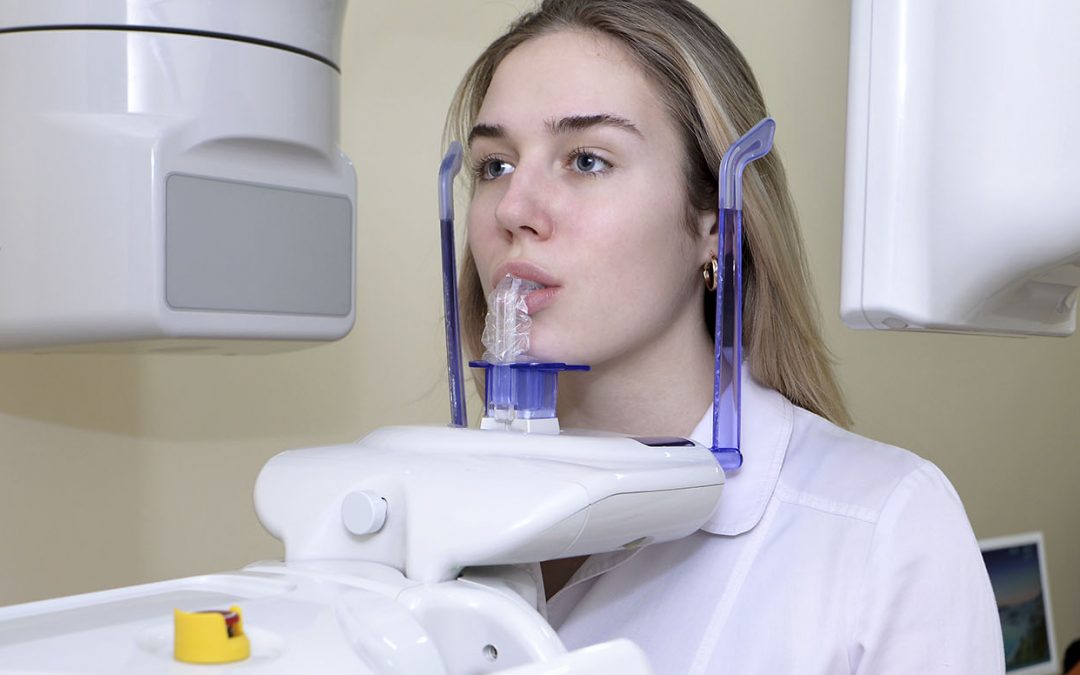ADA Specification 19 Dental Impression Material Elastic Recovery Testing
The American Dental Association's (ADA) Specification No. 19, which pertains to dental impression materials, sets out stringent standards for ensuring the reliability and accuracy of these materials in clinical practice. This specification focuses on several critical properties, including elastic recovery, which is a key factor determining the quality and performance of dental impression materials.
Elastic recovery refers to the ability of an impression material to return to its original shape after it has been deformed or compressed during use. This property is crucial for ensuring that impressions taken by dentists are accurate representations of the patient's oral anatomy. Accurate impressions are essential for creating precise dental restorations, such as crowns, bridges, and orthodontic appliances.
The testing method outlined in ADA Specification 19 involves subjecting samples of the impression material to a defined compression force over a specified period. Afterward, the sample is allowed to recover under controlled conditions. The recovery percentage is calculated by comparing the initial and final dimensions of the impression material after deformation and subsequent recovery.
This test is particularly important for dental professionals and manufacturers who need to ensure that their products meet regulatory requirements and perform as expected in real-world clinical settings. By accurately measuring elastic recovery, laboratories can provide valuable insights into the performance characteristics of these materials, helping clinicians select the most appropriate impression material for each case.
The precision and accuracy of this test are critical because even small variations in elastic recovery can lead to significant discrepancies in the final dental restorations. Therefore, compliance with ADA Specification 19 is not only a matter of regulatory adherence but also a commitment to quality patient care.
Understanding the methodology behind this test is essential for those involved in research and development (R&D) or quality assurance within dental product manufacturing companies. It provides a standardized approach that allows for consistent evaluation across different brands and formulations, ensuring that all materials meet stringent performance criteria.
The testing process itself involves several steps, starting with the preparation of samples according to specified dimensions and weight. The samples are then subjected to compression using a designated force over a predetermined time interval. After reaching the target compression depth, the sample is allowed to recover in an environment that closely mimics clinical conditions. Finally, measurements are taken at both the initial deformation point and after full recovery.
The results of this test provide valuable data on how well the impression material can maintain its shape under stress, which directly impacts the accuracy of the resulting dental impressions. This information is vital for manufacturers to optimize their formulations and for clinicians to choose the most suitable materials based on specific patient needs and clinical scenarios.
Compliance with ADA Specification 19 ensures that dental impression materials are reliable and consistent in performance, contributing significantly to improved outcomes in dentistry. The testing method described here is not only a technical procedure but also a critical component of maintaining high standards in the field of oral healthcare.
Why It Matters
Evaluating elastic recovery according to ADA Specification 19 is essential for several reasons, particularly within the dental industry. Accurate and reliable impression materials are fundamental to ensuring that restorations fit properly and function effectively, enhancing patient comfort and satisfaction.
- Ensures Clinical Accuracy: Elastic recovery testing helps confirm that the impression material can accurately capture the details of the oral anatomy without distortion. This is critical for creating precise dental crowns, bridges, and other restorations.
- Promotes Patient Comfort: Materials with optimal elastic recovery help reduce discomfort during impression taking and improve overall patient experience by providing a more comfortable fit in final restorations.
- Increases Durability of Restorations: Impression materials that recover well are less likely to fracture or break, leading to longer-lasting dental restorations. This reduces the need for frequent replacements, saving both time and resources.
- Safeguards Regulatory Compliance: Adhering to ADA Specification 19 ensures that impression materials meet stringent regulatory standards, thereby protecting both manufacturers and clinicians from potential legal issues.
The importance of this test cannot be overstated. It serves as a crucial quality control measure that enhances the overall effectiveness of dental care practices by ensuring that all components of restorative procedures are reliable and consistent.
Benefits
- Enhanced Accuracy: By measuring elastic recovery, this test ensures that impression materials can accurately capture the contours of a patient's mouth, leading to more precise dental restorations.
- Patient Satisfaction: Materials with good elastic recovery result in better-fitting restorations, which enhance comfort and reduce the risk of discomfort or irritation during use.
- Increased Durability: Impression materials that recover well tend to be more durable, reducing the likelihood of breakage or fracture in final restorations.
- Regulatory Compliance: Adhering to ADA Specification 19 ensures compliance with industry standards, providing peace of mind for manufacturers and clinicians alike.
- Precise Formulation: Testing according to this specification allows manufacturers to refine their formulations, ensuring that they meet the highest quality standards in the dental industry.
- Improved Clinical Outcomes: Accurate and reliable impression materials contribute significantly to better clinical outcomes by enhancing the fit and function of restorations.
- Cost Efficiency: Longer-lasting restorations due to optimal elastic recovery can lead to cost savings in terms of reduced replacement frequency and improved patient retention rates.
The benefits extend beyond just technical accuracy; they encompass enhanced clinical outcomes, increased patient satisfaction, and better regulatory compliance. These factors collectively contribute to a more efficient and effective dental practice.





